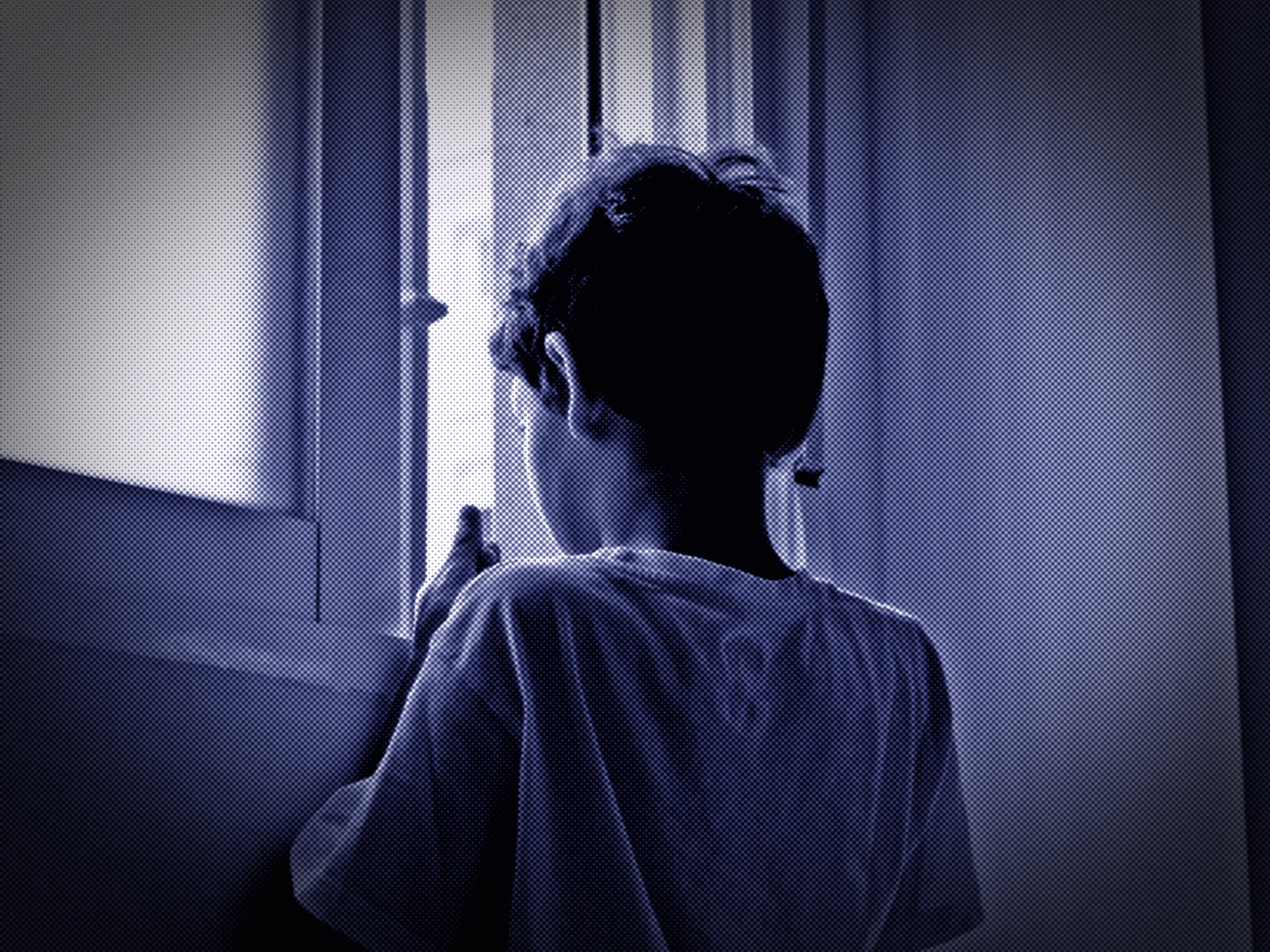Surge in children needing care in wake of pandemic as councils drastically overspend budgets to cope
Exclusive: The number of children in need of county council support has risen by 16,030 in a year

Councils across England have seen a surge in vulnerable children needing care as thousands more were referred to local authorities in the year following the pandemic, analysis reveals.
The number of children in need of county council support has risen by 16,000 in a year to around 283,000, and that jump was 16 times higher than the previous year’s increase.
The surge in demand has led four in five of England’s largest councils to overspend on their budgets by millions of pounds, according to analysis done by the County Councils Network (CCN), which represents 20 county councils and 17 unitary councils.
Council workers and charities said that the increase in need was fuelled by the effects of the pandemic and the cost-of-living crisis driving more families into poverty.
Have you been affected by this story? If so email holly.bancroft@independent.co.uk
One children’s social worker in London described it as “one of, if not, the most difficult period of social work I have ever experienced”.
She added: “The stressors have just become too much – inflation, cost-of-living crisis, unemployment – it all connects and families can’t cope anymore.”
The number of children in council care across the country is also at a record high of 82,000 children while the number of foster carers has fallen dramatically year-on-year. Applications received by councils across England to be a foster carer totalled 3,665 in 2021-22, down from 5,095 in 2020-21.
Cllr Keith Glazier, children’s services spokesperson at the CCN, said that councils have had “little choice but to overspend on their children’s services budgets to protect young people”.
But he called the expenditure “unsustainable”, adding: “These concerning figures illustrate once again the impact of the pandemic and the cost-of-living crisis on vulnerable families.”
Out of 36 county councils, 30 have overspent their budgets by a combined £316 million, CCN said. County councils cover 48 per cent of England’s population.
Figures show that the number of children requiring support from a county council rose by 16,030, from 267,650 in 2020-21 to 283,680 in 2021-22. This is compared to a rise of 1,044 between 2018-19 and 2019-20.
Patriche, a children’s social worker in London, told The Independent that she was seeing huge increases in the number of children being referred for council help and also increased complexity of need.
“We are dealing with the aftermath of the last couple of years,” she said. “This included a big increase in pre-birth assessments, where concerns are raised about the mother’s ability to look after her child after birth. We are also seeing a lot of teenagers coming into care at a really late stage, maybe at 14,15, 16 years old. We are getting really big sibling groups of maybe 10, 12 kids.
“Increased poverty, increased mental health problems, increased domestic abuse are all contributing to the surge in referrals.”
Patriche, who is a member of the British Association of Social Workers, also pointed to an increase in child-to-parent abuse, exacerbated by the frustrations of being cooped up together for long periods of time during the lockdown.
“We are also getting more situations of families having multiple children taken into care,” she said. “I can think of a case where there is a baby who is in care proceedings (the period of time the court takes to decide where is best for the child to live) and the mum is already pregnant again.
“In domestic abuse situations, one of the ways that men control women is by keeping her pregnant and so we see a lot of continued births. I speak to lots of social workers and I would say this is one of, if not the most, difficult period of social work that I have ever experienced.”
Imran Hussain, director of policy and campaigns at Action for Children, said that the soaring number of children being referred to social services had been “fuelled by a decade of funding cuts to early help services, like children’s centres.”
He added: “If we cut back on the services that pick up problems early, then we’re left with a struggling social care system which is failing those it needs to protect”.
A record number of children are under local authority care, with 82,167 recorded in 2021-22.
Clare Bracey, director of policy and campaigns at Become, the national charity for children in care and young people, said: “The numbers are staggering. As well as ending financial pressures on families most-at-risk, the government must invest in the care system. Too many children are facing further instability and the time to act is now.”
The Department for Education has been contacted for comment.
Join our commenting forum
Join thought-provoking conversations, follow other Independent readers and see their replies
Comments


Bookmark popover
Removed from bookmarks